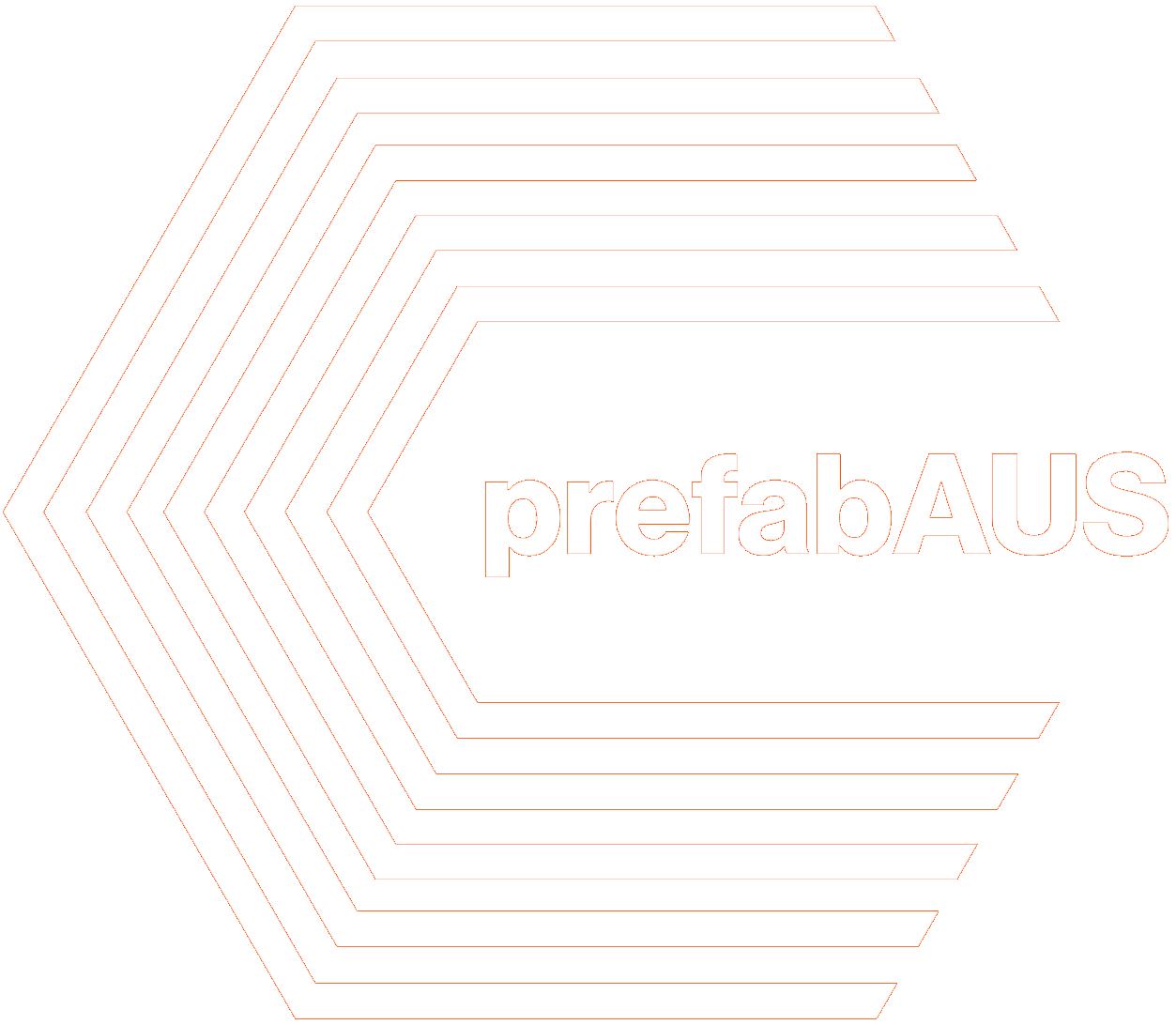QC Architectural: Eliminating Onsite Labour Through Factory Innovation
What began as a painter's frustration with being "constantly faced with the myriad of issues that come with the last trade on a job site" has evolved into Australia's most sophisticated factory coating operation—and a compelling solution to our construction labour shortage crisis.
Jack Brown, a painter with 10 years of on-site experience, co-founded QC Architectural with his father after years of navigating construction's labour shortages and quality challenges. The father and son duo had previously operated a commercial/industrial painting company, experiencing firsthand how "settling for unskilled resources was the norm." In December 2021, they signed a lease on a small shed and purchased initial machinery with a clear vision: deliver absolute value-for-money products on time with unmatched quality.
Advanced capabilities replacing manual processes
Today's QC Architectural represents a quantum leap beyond traditional site-based painting. Home to a 96-metre automated panel coating line, a precision CNC routing for complex cuts and perforations, comprehensive coating systems spanning water-based acrylics to specialised fire-resistant treatments, and Australia's only "simultaneous coating line" where "a product essentially, comes in and comes out within 18 minutes" with multiple coats fully cured.
This automation directly addresses what the prefabAUS roadmap identifies as Australia's critical skilled labour shortage. Where traditional projects require teams of painters, sanders, and finishers working across weeks of weather-dependent site time, QC Architectural's factory process eliminates these labour-intensive stages entirely.
Transforming the labour equation
The labour impact is profound. Brown explains their target markets: "Our range of premium coating, cladding, and panel solutions is extensive, with applications advantageous to architects, builders, timber and building material suppliers and cladding and façade contractors." Each represents manual processes traditionally requiring skilled trades onsite—painting decking boards individually, spray-coating cladding sheets on scaffolding, applying multiple primer and finish coats to joinery components.
"When you look at the geographical supply chain, there's Hardie's, then to us, us to the steel frame and truss company, steel frame and truss company out to the site. There are four steps in the process, and everything is a fixed, known result," Henry notes, contrasting this with traditional methods where "the supply chain wastage is unfathomable."
Strategic positioning for industry transformation
The company is strategically located near major manufacturers—"James Hardie is less than 500 metres away, and Innova is about the same"—creating an integrated supply chain that reflects the PrefabAUS roadmap's emphasis on value chain coordination. As Brown observes, "We could see that the industry was heading in this prefab, pre-built direction."
QC Architectural's evolution follows the roadmap's recommended progression toward manufacturer-focused operations. "We are in a growth stage where we're converting from the builder and the end user, which is a low volume, high cost business model, to focus on OEM manufacturers," Henry explains.
Beyond labour reduction: systemic transformation
For projects utilising QC Architectural's prefinished materials, purchasers receive components requiring zero painting labour—no surface preparation, primer application, multiple finish coats, weather delays, or quality remediation. The factory has absorbed these processes entirely, demonstrating how automation fundamentally restructures construction labour requirements.
QC Architectural's journey demonstrates how factory innovation can eliminate entire categories of traditionally onsite labour, transforming Australia's construction industry one automated process at a time.



